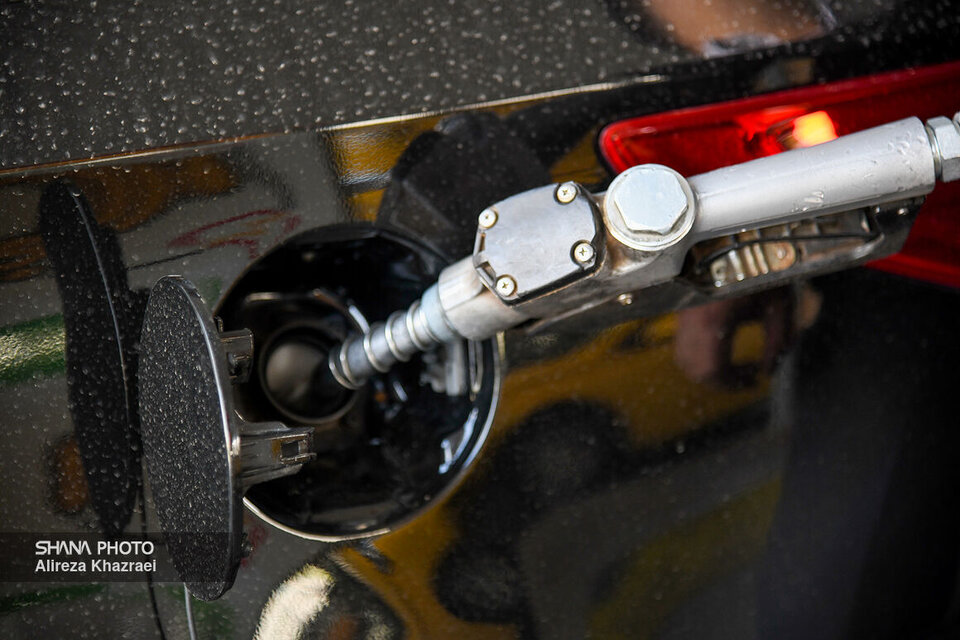Fuel consumption, particularly gasoline, is a key indicator in analyzing lifestyle patterns, economic structures and consumer behavior across societies. Iran’s gasoline consumption shows a sharp increase compared to countries with similar populations, such as Germany, raising serious concerns about future energy management and national resources.
According to the latest figures, from March 15 to April 4 (a 21-day period during the Nowruz holidays), a total of 2.823 billion liters of gasoline were distributed in Iran. In contrast, data from TheGlobalEconomy.com shows Germany consumed 2.96 billion liters over 40 days in 2023—meaning Iran’s gasoline usage was twice that of Germany, despite having a comparable population. Germany’s average daily gasoline consumption in 2023 was 74 million liters, while Iran’s averaged 134.5 million liters during the holiday period.
Despite high domestic production, gasoline and fuel shortages remain major challenges. Iran’s energy intensity is twice the global average, and factors such as a 20% higher fuel consumption in domestic cars compared to global standards, traffic congestion, underdeveloped public transportation and fuel smuggling contribute to rising gasoline demand.
Reports indicate that Iran’s annual gasoline consumption has grown by an average of 5% since the revolution, with a 10% increase over the past four years. If this trend continues, daily consumption could reach 170 million liters by 2028.
The lack of modern technology in the automotive industry is a key factor in energy inefficiency. Experts say cars sold in Iran fail to meet global standards, consuming significantly more gasoline than those in developed countries. Additionally, the high number of aging vehicles and fuel smuggling further drive-up consumption.
Iran’s per capita gasoline consumption is currently four liters per day—above the global average of three liters. If current trends persist, gasoline shortages could cost the country over $16 billion annually by 2028.


Your Comment